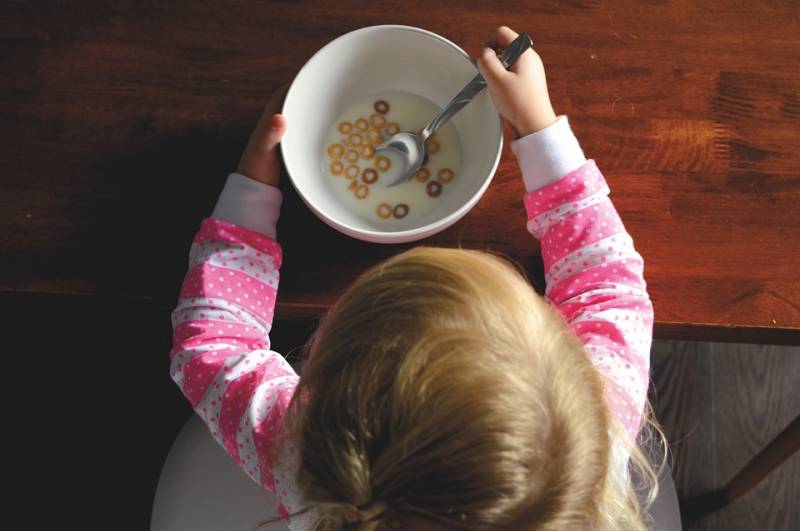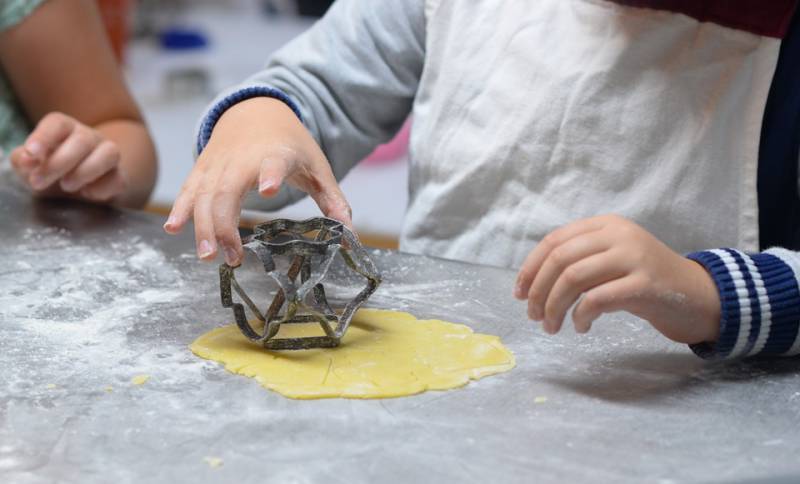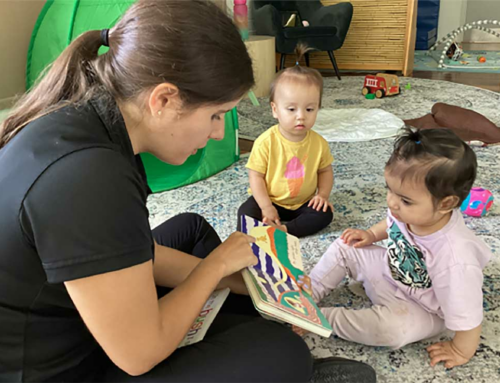How do you deal with a fussy eater? When a child refuses to eat, mealtimes turn gloomy. The increased pressure to finish what’s on the plate increases your child’s anxiety, not to mention your own. And no one looks forward to sitting down to have a family meal when the room is strained.
Don’t stress! There’s help at hand for picky eaters. These 10 approaches to food for fussy toddlers and preschoolers encourage your child to be more interested in what they eat.
Read on to learn whether your child fits the meaning of a fussy eater. Our 10 approaches cover:
- Stress-free meals
- Meal preparation
- Meal sizes
- Healthy food choices
- Snacking

Picky eater or fussy eater, which child do you have?
In medical science, there is little difference between a picky eater and a fussy eater. The terms are used interchangeably to describes a person who rejects certain food types. Though there are differences in how fussiness is determined and level of severity.
A recent Australian study on fussy eaters found most studies relied on the parents’ perception of their child’s eating habits and a “lower relative child weight” to label a fussy eater. Generally though, the child showed “developmentally appropriate behaviour” for a healthy young child.
There’s a broad spectrum for labelling fussy eaters. But usually they have at least one of the following traits:
- Changes their mind about what they like to eat from one day to the next
- Eats a limited variety of foods
- Lack of enjoyment or desire to try new foods
- Avoidance of certain food groups due to smell, texture or taste.
Knowing it’s appropriate behaviour doesn’t make it any easier to deal with, so here are 10 approaches you can try to encourage good eating habits for your fussy eater.

1. Make mealtimes fun with creative food for fussy eaters
Mealtimes should be fun. Make dinner time a no-go zone for the TV, tablets, phones and other distracting gadgets. Engage your child in the kitchen so can learn new experiences. Put them in charge of setting the table, ask them to decide on the menu, and get their help to prepare the meal.
Be creative with food for fussy eaters. Think of all the fun pictures you can make with nutritionally balanced food on their plates.
2. Go farming, fishing and foraging together
Teach your child where food comes from with farming and fishing. Most children love having their own garden. If you have space, set aside a garden bed or two where your child can grow their own fruit and vegetables. Preschoolers may also enjoy learning to fish with a handheld line.
Get your child excited about food by teaching them how it is grown and prepared. Take them shopping (and foraging) and plan a trip to a farm. Not only is it an exciting adventure for the whole family, but it will help your child develop an appreciation for the food you serve.

3. Serve small portions
Even though they’re growing, a child’s stomach is small. Try preparing your picky eater’s plate with slightly less than what you expect they will eat. When they finish their serving and ask for more, it will give your child a sense of accomplishment and boost their confidence.
4. Let your preschooler or toddler fussy eater serve themselves
An alternative to smaller portions is to allow your child to serve themselves. Put your food on serving dishes in the centre of the table where your fussy eater can help themselves and select their own portions.
Shift the focus away from why your toddler fussy eater isn’t eating something to having a meal and fun time with the family. Encourage positive and supportive conversation during family time at the dinner table.

5. Choose healthy meals for picky eaters
Switch unhealthy food choices for healthy ones. Add vegetables to your pasta sauce for a tastier, healthier alternative. Avoid processed foods that are high in fat, salt and sugar. Too much sodium, fat and sugar can lead to health problems.
A young child should be having two serves of fruit a day and five serves of vegetables. Dress up salads on skewers with ham or roast beef. You can even add vegetables to burgers or make vegan burgers as an alternative meal.
6. Don’t fill up with sugary fluids
Avoid too many fluids especially juice before or during meal times. Too many fluids can make a child feel full too quickly. Replace sugary juices and soft drink with water. You can spruce up water with mint ice cubes, lemon or lime slices.
If your child does fill up quickly and then feels hungry later on, decide whether you’ll offer the same meal or a healthy snack, such as a banana and a cup of milk.

7. Stick to set meal and snack times
Stick to a food routine and serve meals and snacks around the same time every day. Routines bring comfort and security.
If you’re worried your child isn’t eating enough, keep a food diary. Ask other people who look after your child what they are eating while in their care. They may be eating more than you’re aware.
8. “Try” new foods for fussy toddlers and preschoolers
Don’t pressure your child into having foods they don’t want to eat. Negative associations with food can have adverse effects. Instead, ask them to “try” new foods. By making it a fun adventure, it takes the pressure off of eating something they may be unsure about.
Children love using their imagination. In the early years, be prepared for dinner and playtime to blend. Encourage your child’s creativity by suggesting your fussy eater play the role of an international food critic when trying new foods.

9. Substitute unwanted foods with healthy snacks for picky eaters
It can take multiple tries before a child starts to enjoy a new dish. However, as they get older some picky eaters still refuse to eat certain food types. Rather than give in to fast food alternatives or snacks high in salt or sugar, replace with healthy substitutes they enjoy.
10. Persist and stay calm
Don’t panic if your fussy eater is refusing to try something or won’t finish their dinner. It’s important to remain calm and not give up. Focus on creating a healthy, safe and secure environment at the dinner table. Trust your child to know when they are full.

Book a tour to find out more about mealtimes at Petit ELJ
Help your fussy eater with nutritionally balanced meals at Petit and discover how we encourage healthy eating practices. Our meals are designed for each stage of your child’s development by an expert in nutritional medicine.
We also encourage social interaction, learning and positive attitudes towards food.






